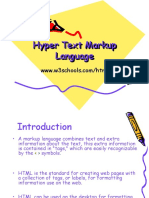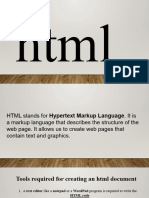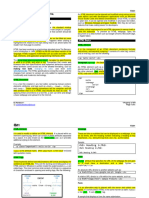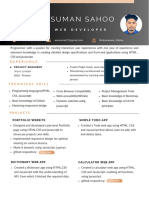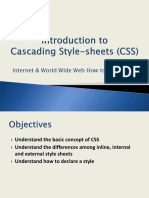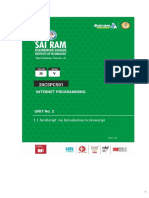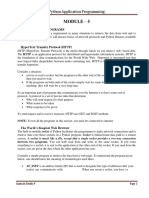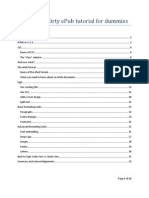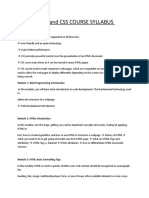0% found this document useful (0 votes)
14 views2 pagesHTML Tags
The document provides a comprehensive list of HTML tags along with their descriptions, detailing their specific functions in structuring and presenting content on a webpage. Key tags include <html>, <head>, <body>, <h1> to <h6>, <p>, <a>, <img>, <form>, and others that facilitate various content types and user interactions. It also offers an invitation for further inquiries about specific tags or examples.
Uploaded by
beckyatim7Copyright
© © All Rights Reserved
We take content rights seriously. If you suspect this is your content, claim it here.
Available Formats
Download as DOCX, PDF, TXT or read online on Scribd
0% found this document useful (0 votes)
14 views2 pagesHTML Tags
The document provides a comprehensive list of HTML tags along with their descriptions, detailing their specific functions in structuring and presenting content on a webpage. Key tags include <html>, <head>, <body>, <h1> to <h6>, <p>, <a>, <img>, <form>, and others that facilitate various content types and user interactions. It also offers an invitation for further inquiries about specific tags or examples.
Uploaded by
beckyatim7Copyright
© © All Rights Reserved
We take content rights seriously. If you suspect this is your content, claim it here.
Available Formats
Download as DOCX, PDF, TXT or read online on Scribd
/ 2

























